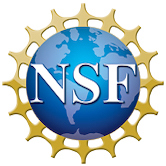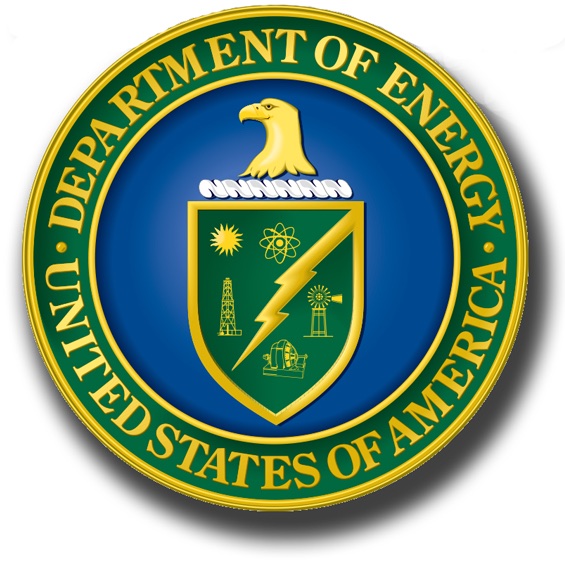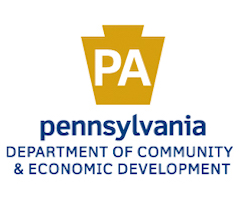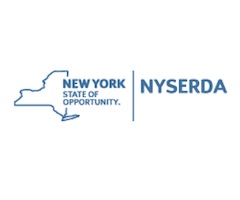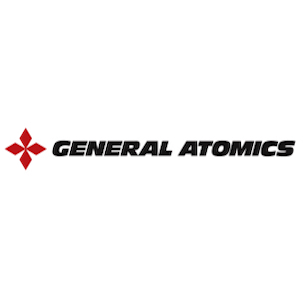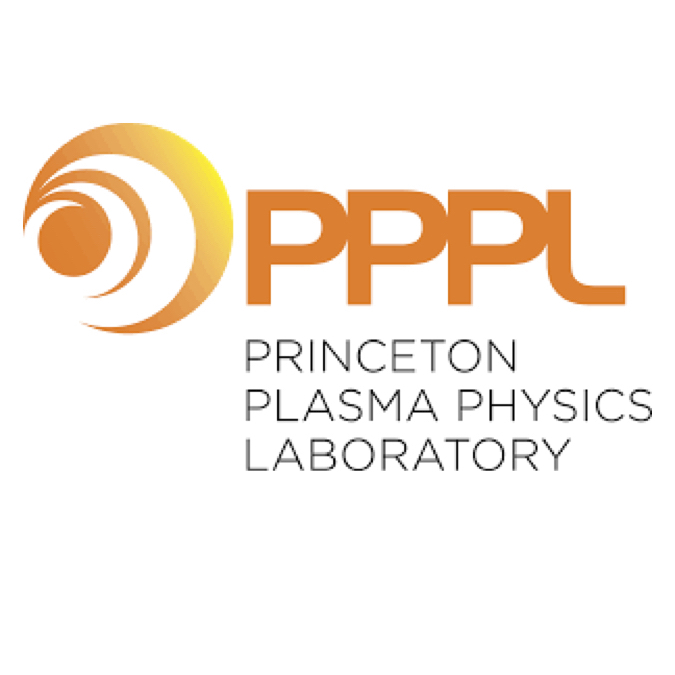Hybrid Model Predictive Control for Plasma Regulation Incorporating Pulse-Width-Modulation Dynamic Constraints Arising in Neutral Beam Injection
B. Leard, Z. Wang, S.T. Paruchuri, T. Rafiq, E. Schuster
11th ITER International School on “ITER Plasma Scenarios and Control”
San Diego, California, USA, July 25-29, 2022
Operating within advanced tokamak scenarios characterized by a high non-inductive
plasma current component enabling steady-state operation, better confinement,
and high fusion gain will play a pivotal role in future nuclear-fusion
reactors. This can be achieved by using a combination of both feedforward
and feedback control to determine the optimal power that must be delivered
by the available Heating & Current Drive (H&CD) sources. However, although
these power requirements are often determined as continuous functions of
time, many of the H&CD sources, such as Neutral Beam Injection (NBI),
are operated using pulse width modulation. Neglecting during the control-design
process the dynamic constraints imposed by NBI operation, which usually
include hard minimum-time-on and minimum-time-off requirements, may lead
to suboptimal results because the NBI not always can delivered the required
power evolution. In this work, the discrete-time dynamics of the NBI actuator
is incorporated into the control scheme by using the on-time during a
modulation cycle as the controlled variable instead of the injected power.
Boolean inputs are introduced to the model to account for the nonlinear
constraints imposed by the minimum time-on and time-off requirements.
This reformulates the problem into a hybrid system with switching behavior,
which is then modeled in the form of a mixed logical and dynamical system.
A hybrid model predictive controller is designed to minimize a customizable cost
function weighing different performance criteria. This creates a nonlinear,
constrained optimization problem that is solved using mixed integer quadratic
programming. Simulation results illustrate the performance of the proposed
modeling and design scheme applied to the profile-control problem in tokamaks.
*Supported by the US DOE under DE-SC0021385.
